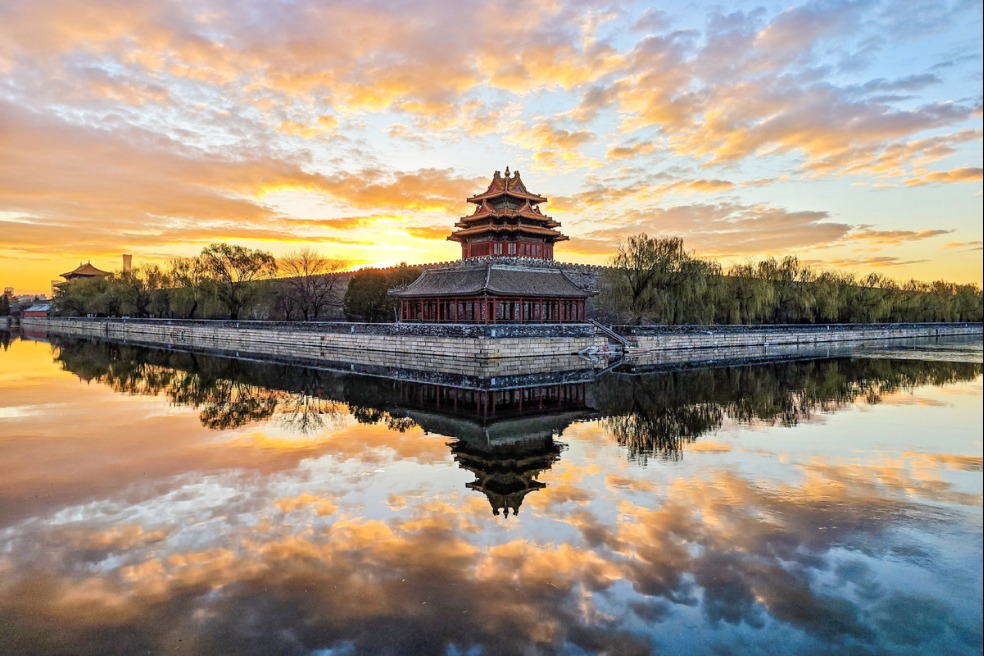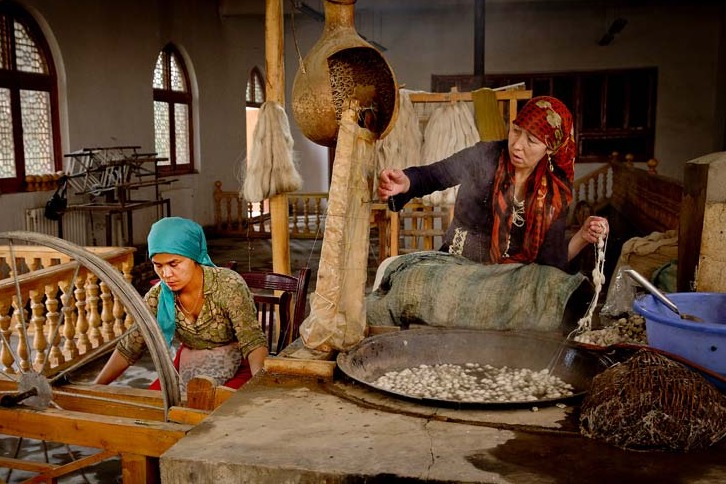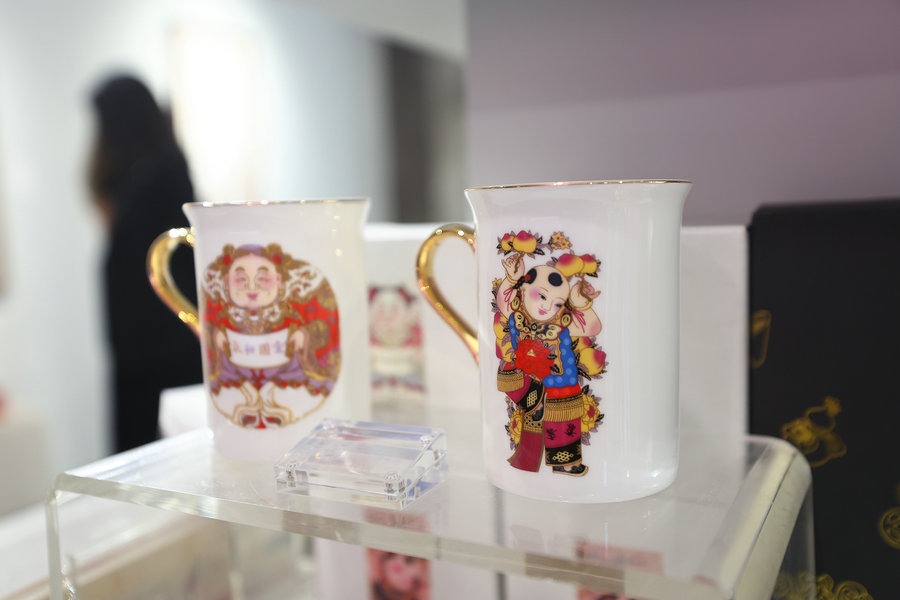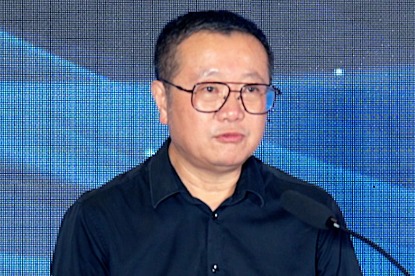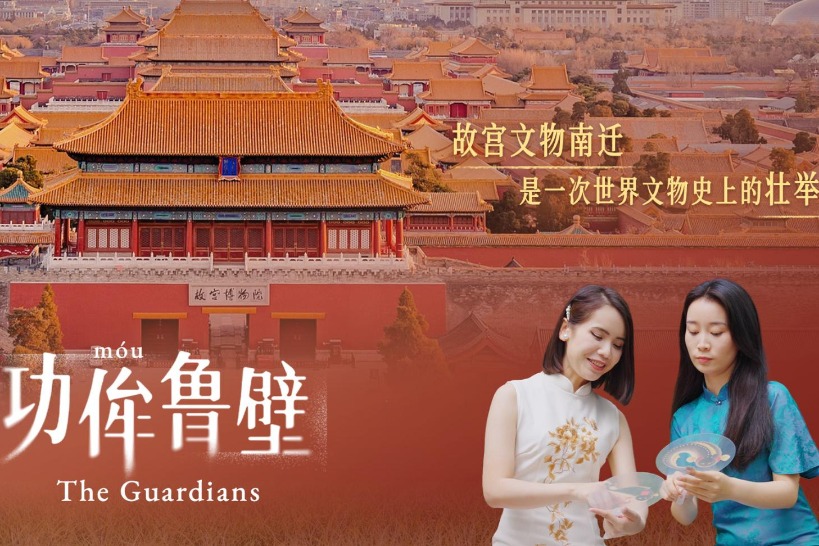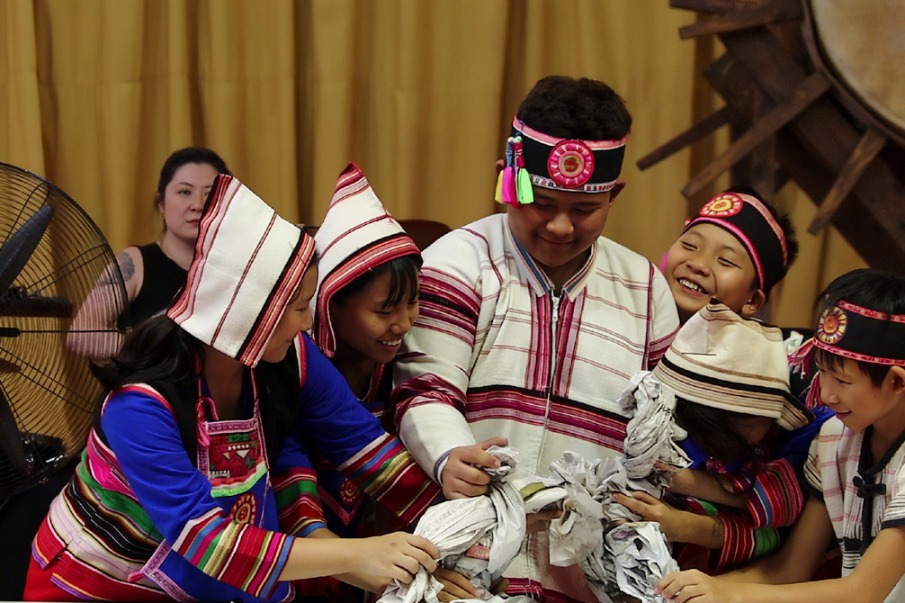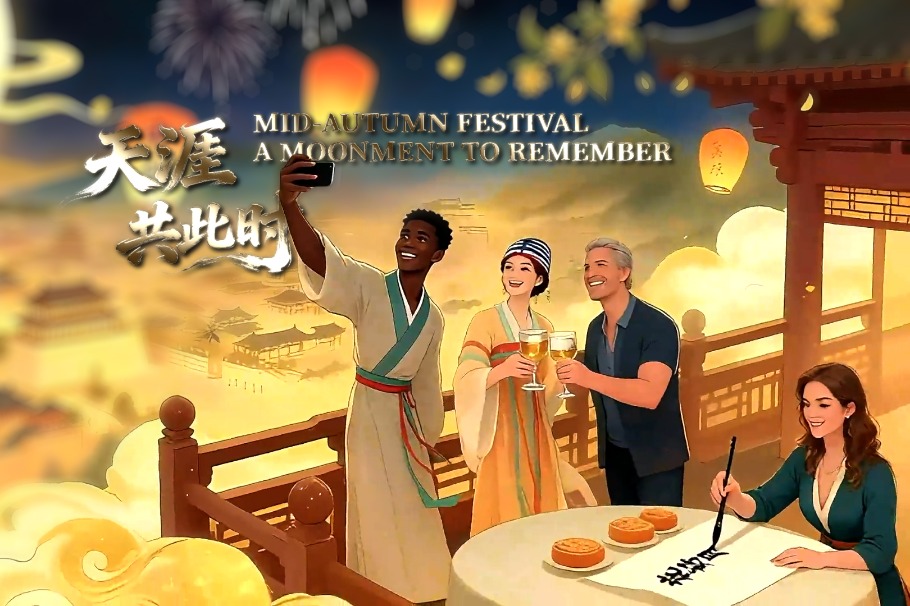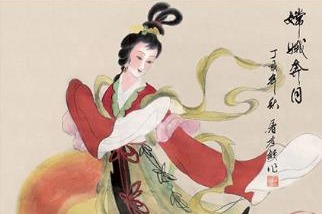Discovery leads to renewed look at mausoleums

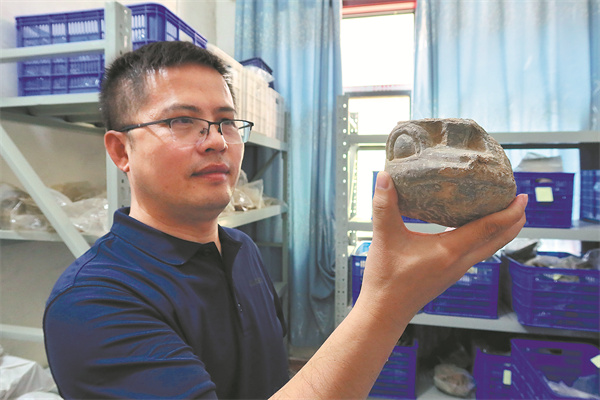
Before his attempt, the habitual ceremonies to pay tribute to ancestors were held in ancestral temples.
Normally, people say this alternation reflects the emperor's filial piety, but Li says the emperor probably wanted more than showing his affection to parents.
Liu Xiu, the founding emperor of the Eastern Han Dynasty, was from a collateral branch of the Western Han's royal family. He and his descendants said Eastern Han is a continuation of Western Han, thereby reinforcing the legitimacy of their succession to the throne.
However, they also wanted to highlight their own governing. Therefore, they made their own creations in rituals by elevating status of mausoleums, leading to zhongju, which was used in such ceremonies, becoming a part of the mausoleums.
"Based on current studies, it seems the placement of zhongju as architecture only existed in the Eastern Han Dynasty," says Li. "At that time, using zhongju was the privilege of the emperors."
According to him, with very limited records, the Eastern Han emperors' mausoleums have long been shrouded in mystery, and their understanding has only improved in the past two decades, during which archaeologists have gradually made clear their layout. But it remains a mystery who the occupants of these mausoleums were.
Li says they are working to obtain more details about the mausoleums. The discovery of zhongju is part of their continued research in recent years.


















